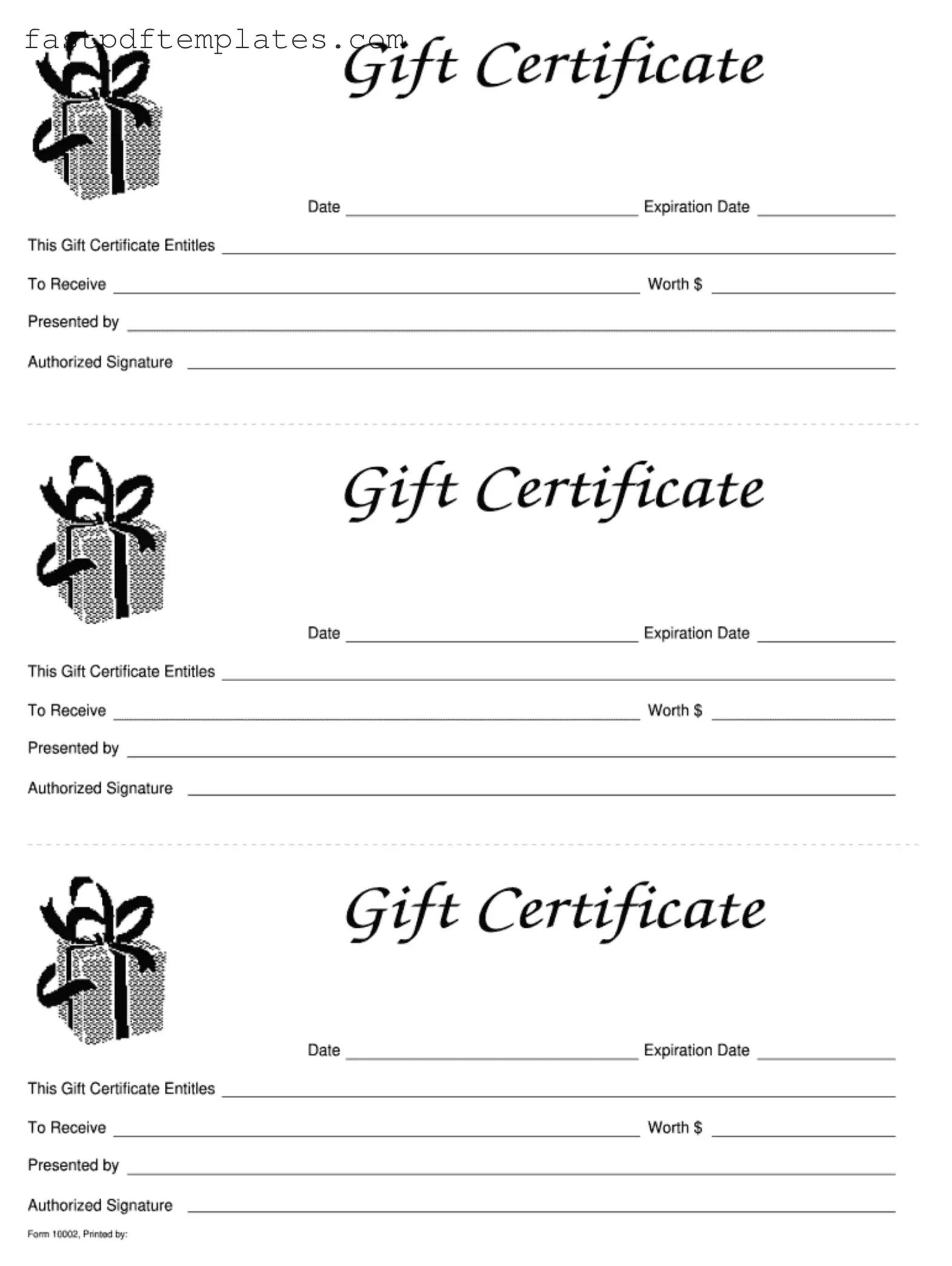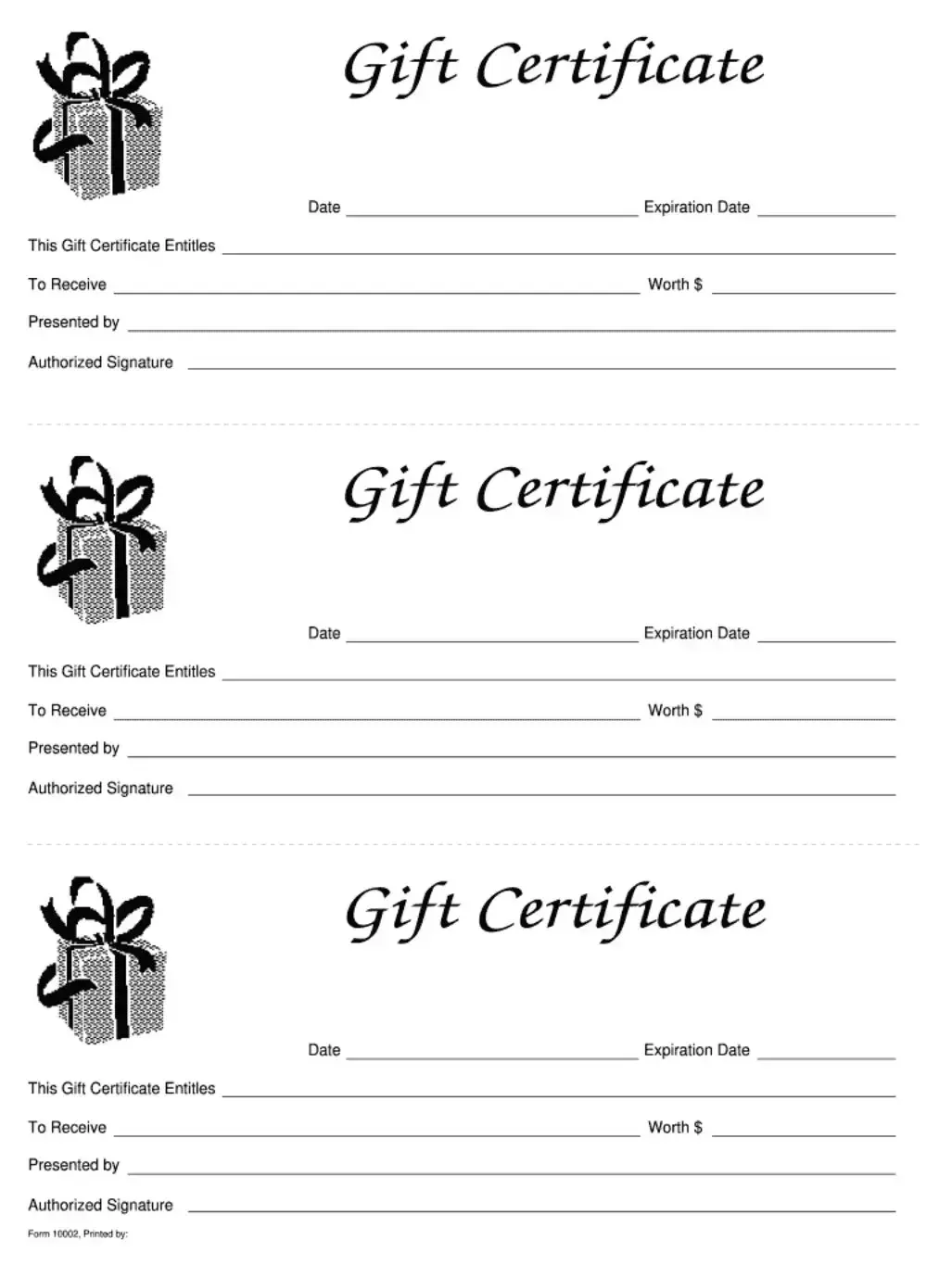A gift card is similar to a gift certificate in that both serve as prepaid monetary instruments. They allow the recipient to purchase goods or services at a specific business. Unlike traditional gift certificates, gift cards often come with a plastic format and may be reloadable. This flexibility makes them a popular choice for both givers and receivers, as they can be used multiple times until the balance is exhausted.
A voucher is another document akin to a gift certificate. Vouchers are typically issued for specific products or services and may come with certain conditions attached. They can be used as a form of payment, similar to gift certificates, but often have a defined expiration date. This makes them a useful marketing tool for businesses looking to promote particular offerings.
Coupons also share similarities with gift certificates. While coupons usually provide a discount on a purchase rather than a prepaid value, they function as a financial incentive for customers. Both documents can enhance customer loyalty and drive sales, but coupons often have restrictions on their use, such as minimum purchase requirements.
A prepaid debit card resembles a gift certificate in that it holds a specific amount of money for the user. These cards can be used like cash at various retailers, providing recipients with the freedom to choose how to spend the funds. Unlike gift certificates, prepaid debit cards often come with fees and can be used for online purchases, adding to their versatility.
Store credit is another document similar to a gift certificate. It is typically issued when a customer returns an item without a receipt. Store credit allows customers to shop at that particular store without needing cash. While gift certificates are purchased, store credit is earned through transactions, creating a different dynamic in how funds are accessed.
A loyalty card can also be compared to a gift certificate. These cards reward customers for repeat business, often allowing them to accumulate points that can be redeemed for discounts or free items. While loyalty cards do not represent a fixed monetary value upfront like gift certificates, they incentivize spending and build customer relationships over time.
Lastly, a discount card functions similarly to a gift certificate in that it provides a financial benefit to the holder. Discount cards offer specific price reductions on products or services, encouraging purchases. While gift certificates provide a set amount to spend, discount cards focus on savings, appealing to budget-conscious consumers.

